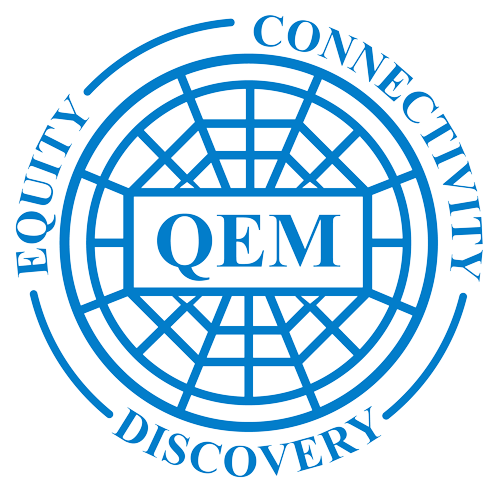Mission College
Carnegie Classification:
Minority Classification:
Location:
Institutional Resources:
TeachLearning/ PD Center Webpages:
Overall Score
Online Enrollment:
Percent Admission:
Graduation Rate:
Doctoral Degrees
Masters Degrees
Undergraduate Degrees
Certificate Programs
Associates Degrees
Total Online programs (#)
Readiness Criteria
Rubric Score
Intersectional Framework
2
Enrollment Reach
2
Technological Hardware Infrastructural Components
2
Human Resource Infrastructure Components
2
Internal and External Policy Supports
2
Life-Long Learning Values
2
Programmatic Efficacy
2
Comments
Readiness Criterion Key
Developing
Meeting a basic level of criteria for a performance descriptors.
Emerging
Meeting a basic level with evidence of intentionality in improvement.
Scaled
Meeting a level of criteria that evidences strategic intentionality.
Sustainable NSE Capacity
Meeting a level of criteria that evidences strategic intentionality and continuous improvement planning for iterative design of performance descriptor.
Readiness Rubric Performance Attributes
Intersectional Framework. The performance attribute of intersectional framework emerges from the discussion of the various culturally relevant institutional components critical to how instruction, curriculum, and instructional preparedness. These components serve as frames and with institutions demonstrating more success there was intersectionality amongst the frames that existed.
Enrollment Reach. The performance attribute of enrollment reach more objectively measures the geographical spread of in institution’s enrollment.
Technological Hardware Infrastructural Components. The performance attribute of technological hardware infrastructural components emerges from the discussion of the types of hardware and physical resources necessary for a digital learning infrastructure at the most basic operative level to a sustainable level.
Human Resource Infrastructure Components. The performance attribute of human resource infrastructure components emerges from the discussion of the number of people and human capital needed for a digital learning infrastructure at the most basic implementation level to a sustainable level.
Internal and External Policy Supports. The performance attribute of internal and external policy supports emerges from the explicit questioning around policies external to the institution that could limit or curtail national scale enterprise strategic growth, while also extracting from institutional leadership responses the prevalence of internal institutional policies that would support national scale enterprise strategic growth.
Life-Long Learning Values. The performance attribute of life-long learning values emerges from discussion of institutional leadership perspectives on the values of continuous improvement of its personnel engaged in digital learning or online educational programs, but from the context of equity and integration to institutional habitus.
Efficacy Attributes
Level I
(1) Provision of adequate resources, (2) Affordability of fees, (3) Assessment of student success, (4) Faculty preparedness, (5) Student access to technology, (6) Development of safe spaces
Level II
(7) Student support services, (8) Appropriateness of program provision, (9) Coordination of communication, (10) Faculty training and professional development
Level III
(11) Bilingual instruction, (12) Intentional classroom design, (13) Consortium approach for learning best practices, (14) Robust enterprise for infrastructure, (15) User-friendly platforms for students and instructors, (16) Strategic branding about the enterprise/programs

0 Comments